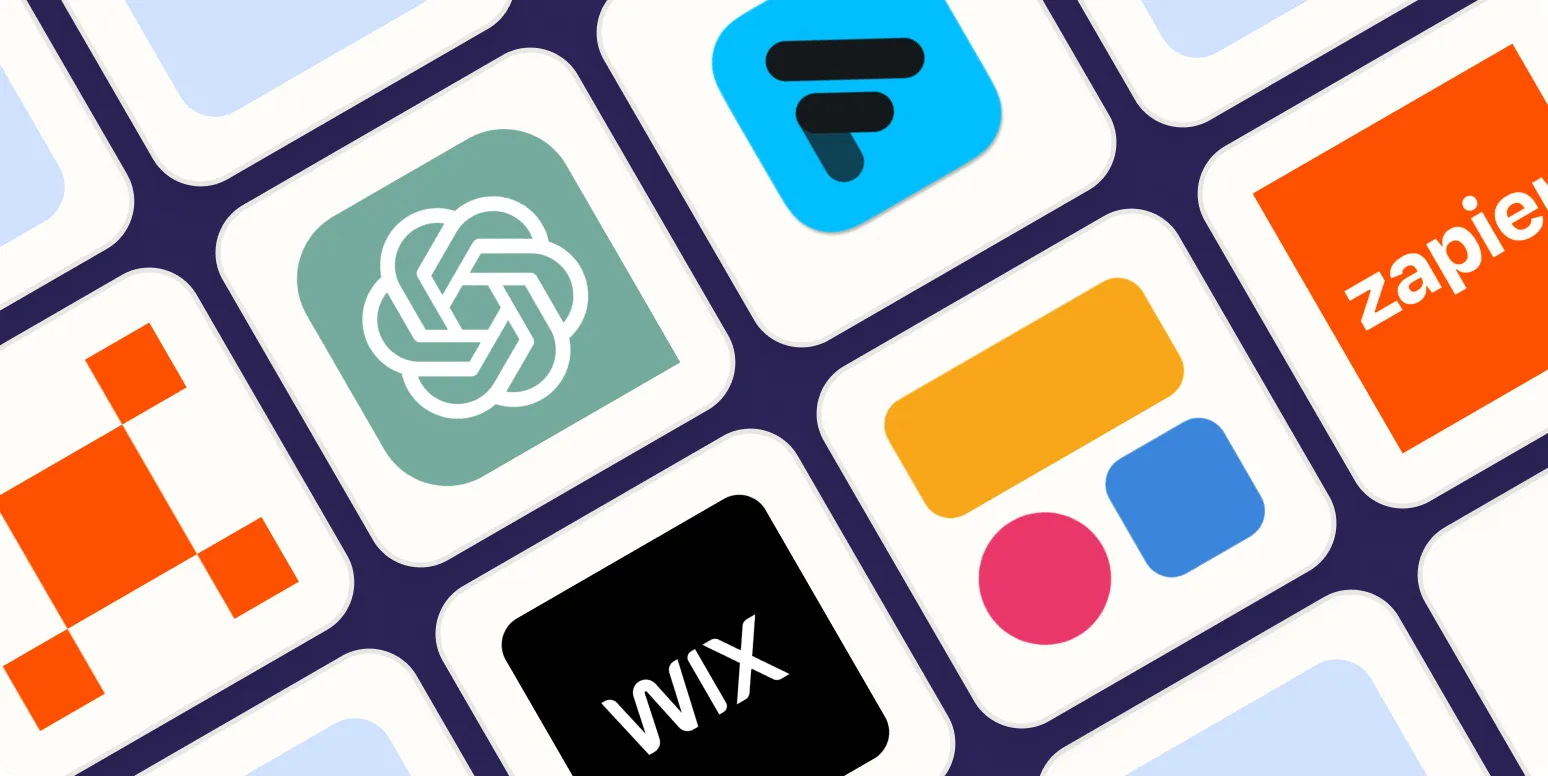In a bold and high-stakes battle to dominate the next generation’s use of artificial intelligence, OpenAI and Anthropic have launched major initiatives aimed at college students. Both companies are vying to become the default AI tool for university students, marking the latest chapter in the ongoing AI arms race. But with their simultaneous announcements and competitive offers, it’s clear: the competition is heating up.

Anthropic Takes a Leap into Higher Education with Claude for Education
This week, Anthropic made its grand entrance into the academic world with the announcement of Claude for Education — a tailored version of its AI chatbot aimed specifically at universities. The tech startup, which has been making waves in the AI space, rolled out its new offering alongside strategic partnerships with several prestigious institutions, including Northeastern University, the London School of Economics (LSE), and Champlain College. Additionally, Anthropic is teaming up with Internet2 and Instructure, the creators of the widely used Canvas learning management system, to enhance equitable access to AI tools for students and educators alike.
At the heart of Claude for Education is a new feature dubbed “Learning Mode.” This innovative approach encourages critical thinking by guiding students through problems using Socratic questioning. Rather than simply handing over the answers, Learning Mode asks thought-provoking questions like “How would you approach this?” or “What evidence supports your conclusion?” The goal is to equip students with the skills to think deeply and independently, instead of simply offering them shortcuts to completing their assignments.
“Education is a transformative force, and as social scientists, we have a responsibility to shape how AI can positively impact the learning experience,” said Larry Kramer, President and Vice-Chancellor of LSE, in Anthropic’s press release. With this launch, Anthropic is positioning itself as an advocate for using AI to foster critical thinking and intellectual growth in higher education.

OpenAI’s Big Push into College Campuses with ChatGPT Edu
Meanwhile, OpenAI is continuing its aggressive push into the higher education sector, a field it has been active in since the launch of ChatGPT Edu in May 2024. This university-specific version of its popular chatbot has already garnered attention through numerous partnerships with colleges, and last month, OpenAI launched the NextGenAI Consortium, committing $50 million to accelerate AI research at 15 U.S. universities.
In February, OpenAI strengthened its influence by partnering with California State University (CSU) to bring ChatGPT Edu to all campuses within the system. This Thursday, OpenAI announced a significant perk: U.S. and Canadian college students can access ChatGPT Plus for free through May. ChatGPT Plus, which usually costs $20 a month, offers users access to advanced features such as large file uploads, Deep Research tools, and improved voice capabilities.
Leah Belsky, Vice President of Education at OpenAI, emphasized the importance of AI literacy for today’s college students, who are under immense pressure to learn quickly and tackle increasingly complex problems. “Supporting their AI literacy means more than demonstrating how these tools work,” she said in the company’s press release. “It’s about helping students navigate a workforce that is being increasingly shaped by AI.”

The AI Arms Race: Who Will Be the Default AI Tool for the Next Generation?
The simultaneous announcements from Anthropic and OpenAI highlight the immense value that both companies place on college students as their primary users. As more and more universities embrace AI tools, these startups are positioning themselves to be the dominant force in shaping how the next generation interacts with artificial intelligence. Their educational initiatives are not just about helping students with homework — they are about ingraining their AI technologies into the fabric of higher education, ensuring that their tools become indispensable to students, educators, and researchers alike.
As both companies continue to innovate and expand their reach in the academic space, the question remains: which AI tool will become the default for the next generation? As of now, it’s anyone’s game. But one thing is certain: the future of education is deeply intertwined with the evolution of artificial intelligence, and these two labs are leading the charge.

This competition between OpenAI and Anthropic is a testament to the growing importance of AI in shaping the future of education. As both companies strive to capture the hearts and minds of college students, their efforts will undoubtedly have a lasting impact on how AI is integrated into the classroom and the workforce of tomorrow. The race is on, and the winners will not only shape the future of AI but also influence the way students learn, think, and work for years to come.










